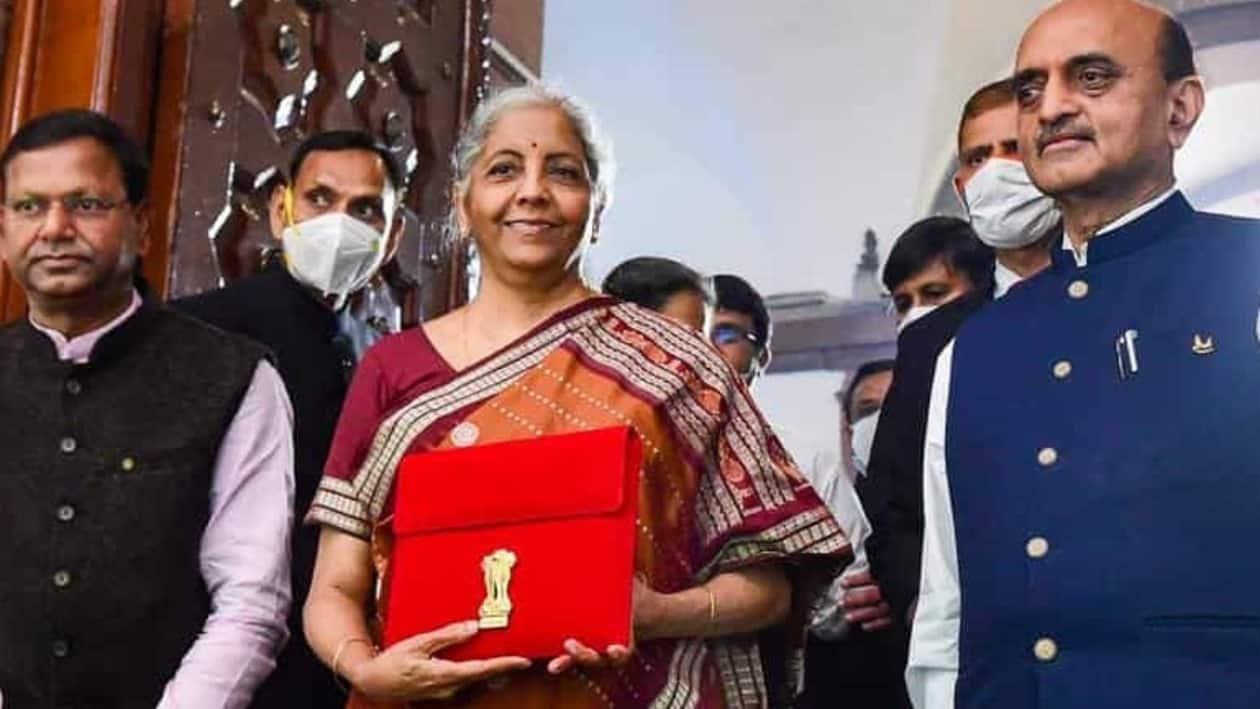The Union Budget of India is an annual fiscal document released by the central government outlining its policies and financial plans such as allocation of resources and funds for the upcoming financial year.
This Budget consists of revenue and expenditure projections, as well as policies related to taxation, subsidies, and public services. It serves as an important tool for fiscal policy decisions and helps the government maintain fiscal discipline.
As the Union Budget announcement for 2023-24 is around the corner, let us explore and understand some common terms and concepts.
Gross Domestic Product (GDP)
Gross Domestic Product (GDP) is the monetary value of all finished goods and services produced within a country's border in a specific time period. It is used to measure the economic progress of a nation over time and serves as one of the primary indicators of a country's overall economic health.
GDP per capita indicates a country's economic output per person and is often used to compare the economic success of different countries.
Balance of payments (BOP)
The balance of payments (BoP) records all economic transactions in commodities, services, and assets between a country and the rest of the globe during a specific time period, typically a year. To put it simply, it is a balance sheet of systematic accounting for the nation that includes both debit and credit transactions.
To ascertain how much money is coming into and leaving out of the nation, all transactions made in the public and private sectors are taken into account in the BoP. The primary goal of BoP accounting is to identify the economy's strengths and shortcomings. You may determine the overall revenues and losses from world trade by analyzing the BoP accounts from the prior year.
Finance Bill
When the central government seeks to add or alter taxes or the current tax system (or keeps the same), the proposal is presented to Parliament in the form of a ‘Finance Bill’ for approval. This document helps the members of the Parliament understand the various aspects of the proposed legislation.
It also helps them assess the financial impact of the proposed changes. The Finance Bill is passed after discussion and voting in both houses of the Parliament, following which it becomes an Act of Parliament.
Direct and indirect taxes
In India, taxes are classified into two broad categories – direct taxes and indirect taxes. Direct taxes are imposed on individuals and corporate entities directly according to their income or profits earned. Here, the impact and incidence of the tax falls on the same individual/entity. These include income tax, wealth tax, corporate tax, gift tax, etc.
On the other hand, indirect taxes are taxes that are imposed on goods and services and are paid by the final consumer. Here, the impact and incidence of the tax fall on different individuals/entities. These include value added tax (VAT), customs duty, service tax, luxury tax, central excise duty, etc.
Goods and Services Tax (GST)
Goods and Services Tax (GST) is a standard indirect tax applied to products and services across the nation. It replaced all the central taxes including central excise, service tax, additional excise and customs duties, special additional customs duties, cesses and surcharges on the supply of goods and services and serves as an umbrella tax.
GST is considered to be one of the most significant tax reforms in India since its independence. It was implemented on July 1, 2017.
Blue Sheet
The blueprint for the Union Budget, which serves as its beginning point and is maintained throughout the Budget preparation process, is a Blue Sheet of paper containing crucial numbers. The Blue Sheet, which is updated often as the Budget is being created, contains crucial figures from the Budget. The joint secretary of the Finance Minister is in charge of maintaining the confidentiality of the Blue Sheet.
Contingency fund
The contingency fund is an important part of the Union Budget, as it allows the government to respond quickly and effectively to unforeseen circumstances. It is a reserve fund that can be used to cover unbudgeted expenses, such as natural disasters or unexpected economic downturns.
The fund is designed to provide financial flexibility to the government and ensures that urgent needs are met without having to delay or defer other essential activities. Typically, the contingency fund is created with the approval of the Parliament, with the amount approved varying each year depending on the economic conditions and the government's fiscal objectives.
